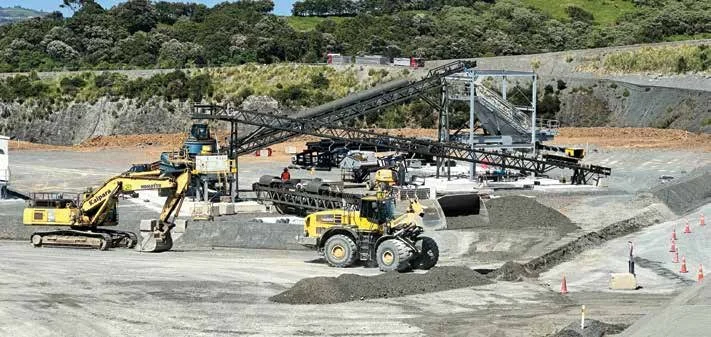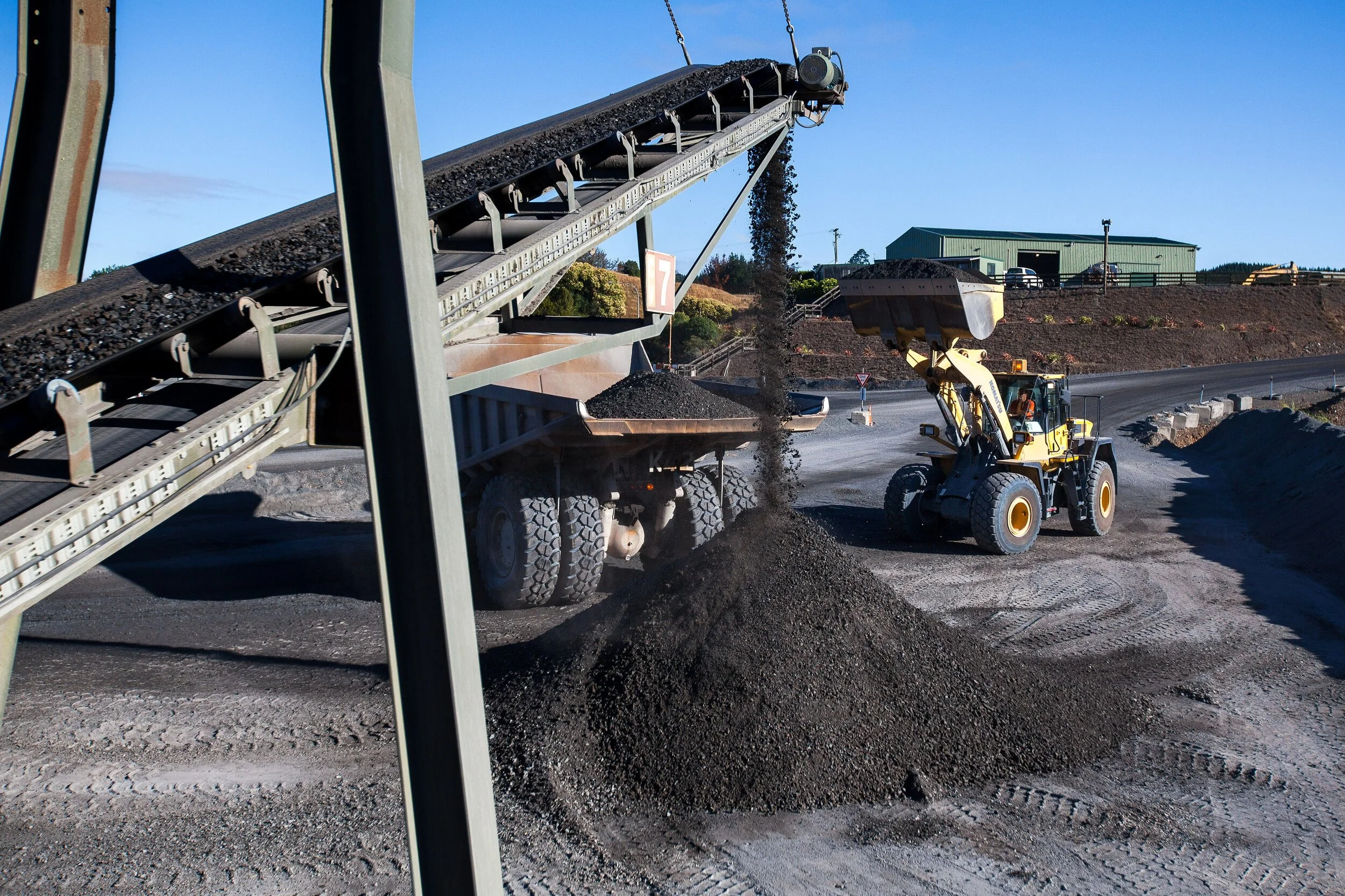

Concrete NZ - Allied Concrete leading the way with engineered sand.

Inside Resources - Brookby expansion underway

Inside Resources - Brookby manufactured sand plant hitting target
SOURCE INSIDE RESOURCES, COLLIN WILLISCROFT, WED FEB 5 2025
Brookby Quarries' manufactured sand plant that was commissioned last July can now produce 300,000 tonnes of product a year in accordance with its client specification requirements.
A second stage - which would increase that to 500,000 tonnes annually - could be up and running in six months, if demand requires.
Managing director Steve Riddell says the challenge has been getting the required sales volume capability without altering the specification, which was achieved in 2023.
"The rest of the time it was about getting the new processing equipment on site that gave us the production capabilities for our clients. Then, when we had the capacity, making sure we did not alter the specification.
"Achieving that volume without altering the specification has been the technical challenge that we've dealt with in the past six months, which we successfully resolved late last year."
Logistics
Getting large pieces of equipment on-site to meet the production capacity required by the market has involved long lead times, with the equipment coming from Ireland, the US and India.
Riddell gave the example of a Powerscreen portable crusher and cone that is capable of processing 700-800 tonnes of rock an hour. It had to come from Belfast in Northern Ireland and it took about two years from the initial order to being commissioned and operating on the site.
There was also a roll-on effect from Covid, which tightened and slowed supply.
That type of issue is not expected to be a problem with stage two, which he says is basically sitting at an amber light, ready to go and only subject to the market needing more sand.
Stage 2, if needed, could be commissioned in about six months, subject to availability of equipment - which is known to be available at present.
He estimates about $12 million has been spent on the project so far. The second stage would require a further $4 million.
The operation uses premium Brookby greywacke, and the sand produced is currently sold into the Auckland region.
Equipment
The operation utilises primary and tertiary crushers, and vibrating screens to take the raw aggregate input feed of a maximum size of 750 mm and breaks that down to sand-sized particles.
After being downsized to a product that's 0-3.1 mm, it's then passed through an aggregate washing system to clean the product and remove any remaining impurities.
The aggregate washing process involves large clarifiers and storage capacity for about a million litres of recirculating water, which is recycled once it has been cleaned for reuse.
The byproduct is then passed through a large filter press that removes the super fines from the slurry before recirculating about 600 cubic metres of clean water per hour back into the washing process.
Knowledge, power
The plant was commissioned in-house using the company's own technical knowledge with the added support of key concrete clients.
A significant component of the commissioning involved completing the installation and commissioning a new 5 MW mains power supply in May last year.
Previously, the Brookby operation had been using a combination of mains power supply and diesel generators to produce 2.2 MW of electricity.
However, the diesel supply has now been mothballed and will act as a back-up for the main plant in the event of a mains power outage.
Other diesel-powered plant onsite is being converted to the new mains power supply.
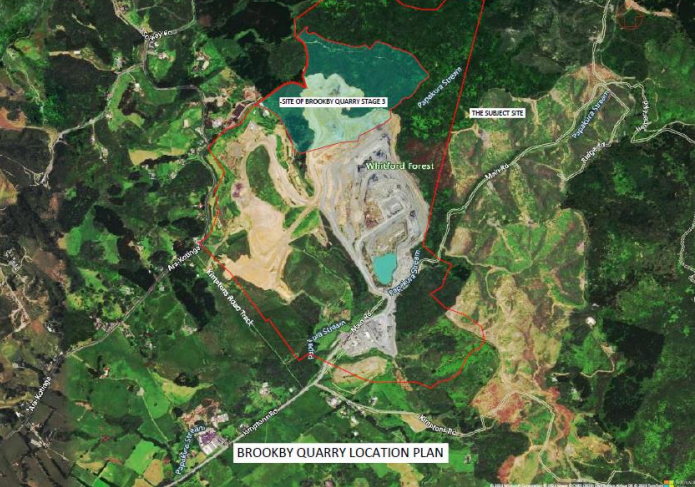
Inside Resources - Brookby expansion approved
It all begins with an idea.
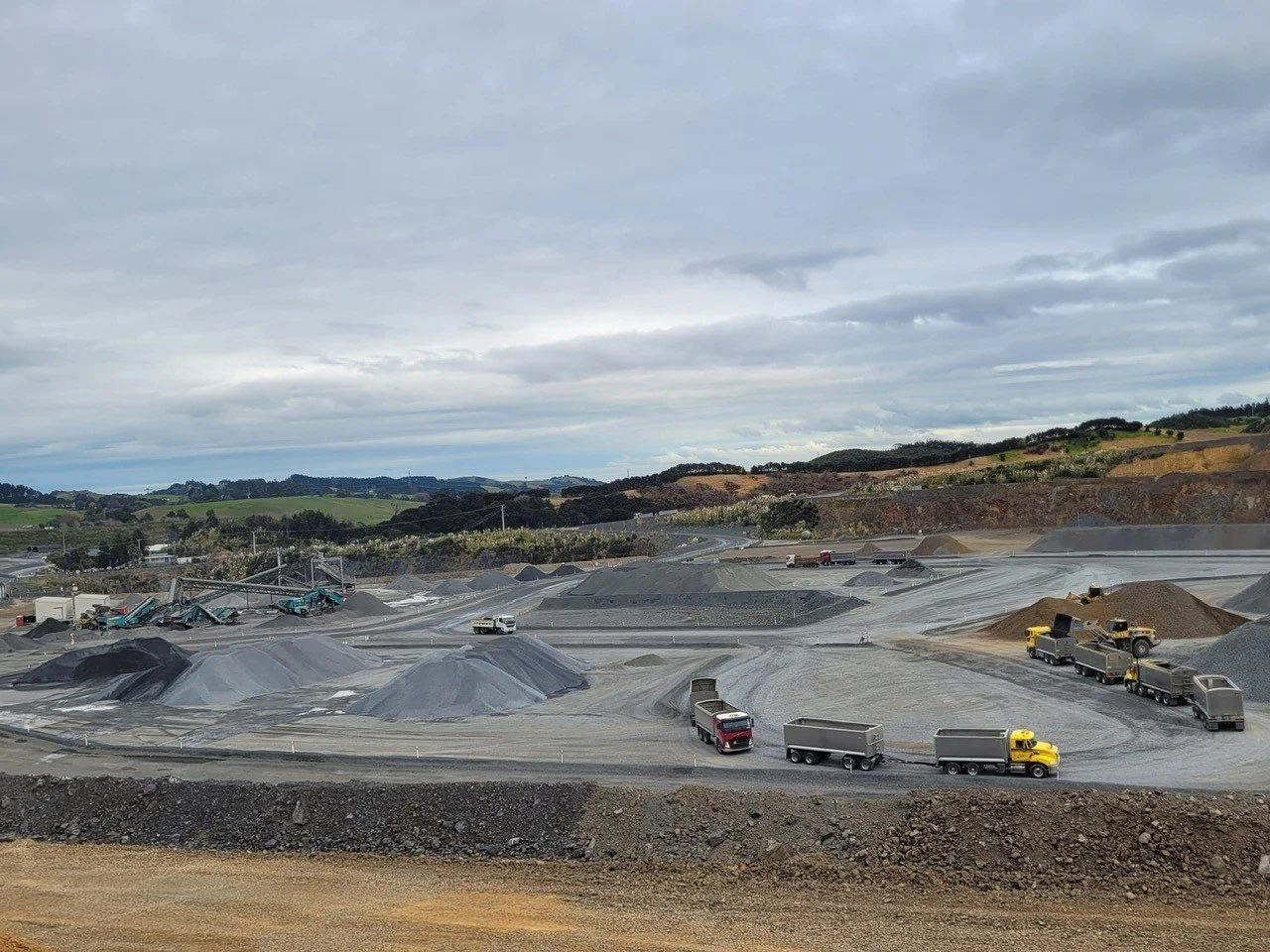
Inside Resources - Brookby manufactured sand plant commissioned
After a challenging two-year process, a $12 million manufactured sand plant at Brookby Quarry has been commissioned.
With the plant now fully operative, the sand produced is now on the market and has been well received by customers, Kaipara managing director Steve Riddell says.
The resulting product had been through about 18 months of trials prior to commissioning.
"We are now able to deliver the specifications and grading curves required by the concrete sector to give that specification consistency and volume of product necessary to meet clients' current and future needs."
Stages
The plant – capable of producing 200,000-240,000 tonnes of sand per annum – is stage one of the project.
Riddell says stage two is just getting underway and will allow the company to increase that annual output to 300,000 t.
Market demand will determine whether the company proceeds with a third stage. If commissioned, stage three would enable the plant to produce 600,000 t annually.
Technology
Riddell says the project has been a challenging process from a technology perspective.
"There's a tremendous amount of intellectual property in what we've been able to achieve over a two-year timeframe."
The plant was commissioned in-house using the company's own technical knowledge with the added support of key concrete clients and with equipment purchased from Ireland, the US and India.
A big component of commissioning the plant involved completing the installation and commissioning a new 5 MW mains power supply in May this year, he says.
Previously, the Brookby operation had been using a combination of mains power supply, and diesel generators to produce 1.2 MW of electricity.
However, the diesel supply has now been mothballed and will act as a back-up supply for the main plant in the event of a mains power outage.
Other diesel-powered plant onsite will be converted to the new mains power supply in the coming months.
Equipment
The Brookby manufactured sand operation will utilise primary and tertiary crushers, and vibrating screens to take the raw aggregate input feed of a maximum size of 750mm and break that down to sand-sized particles.
The product, after being downsized to the required top size of 3.2 mm, is then passed through an aggregate washing system to clean the product and remove any remaining impurities.
Removing the remaining impurities ensures the specification for the sand fits within the required size fraction envelope for manufactured sand.
The aggregate washing process involves large clarifiers and storage capacity for about a million litres of recirculating water which is recycled once it has been cleaned for reuse.
The byproduct is then passed through a large filter press that removes the super fines from the slurry before recirculating about 600 t of clean water per hour back into the washing process.
Find out more...
Factfile informationOrganisation:Kaipara
Manufactured sand, like natural sand, must fit within a particular grading curve and specification to be able to be used in the manufacture of concrete.
There are several specific requirements that the sand quality needs to meet to ensure the resulting concrete produced is fit for purpose.
It involves testing the strength, durability, and other properties of the concrete to ensure that it is fit for the intended purpose and will perform as expected over time.
“The properties of the concrete includes its workability, segregation and bleeding when freshly made and laid while hardened concrete will be tested for strength, impermeability, durability and dimensional variations. All the standard tests and outcomes you'd expect for concrete to ensure that it is fit for purpose," Riddell says.
He adds that the company is continuing to work with the concrete sector in the ongoing development of manufactured sand specifications.
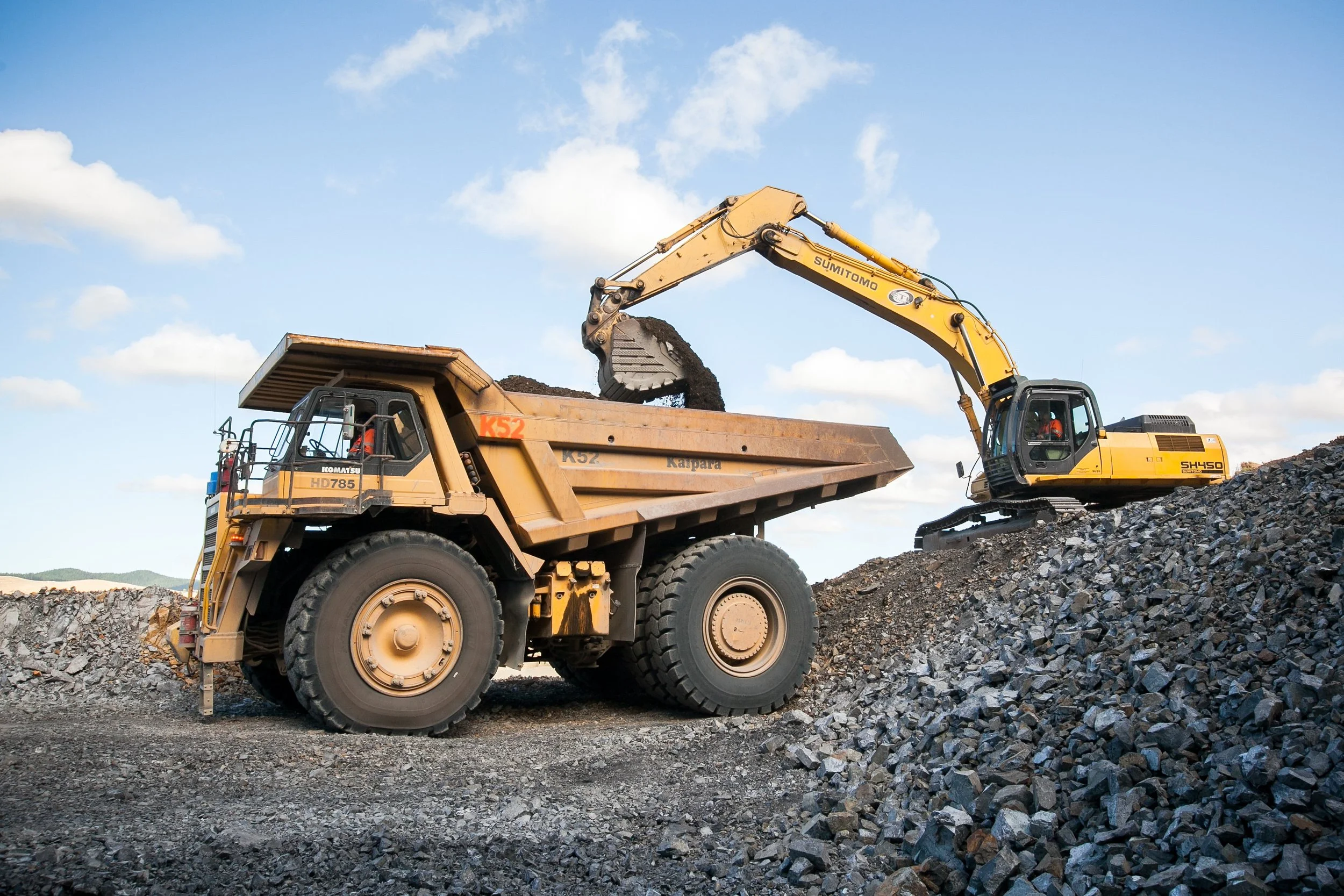
1 News - NZ quarry business to make own sand to solidy concrete supply
